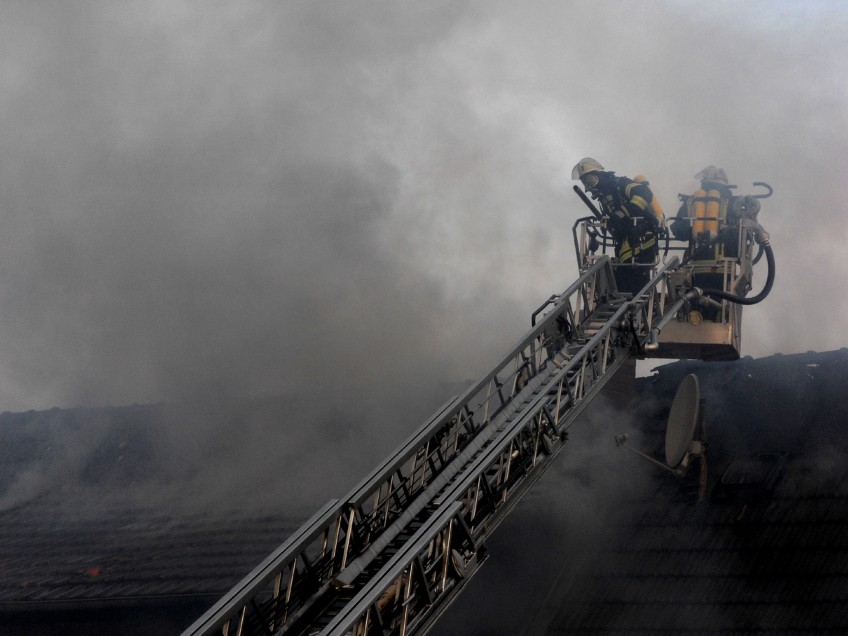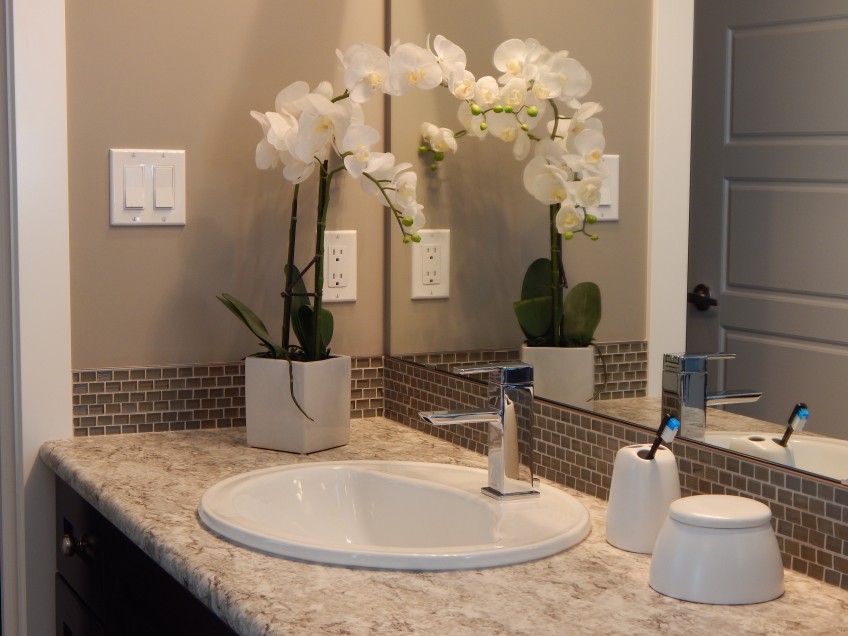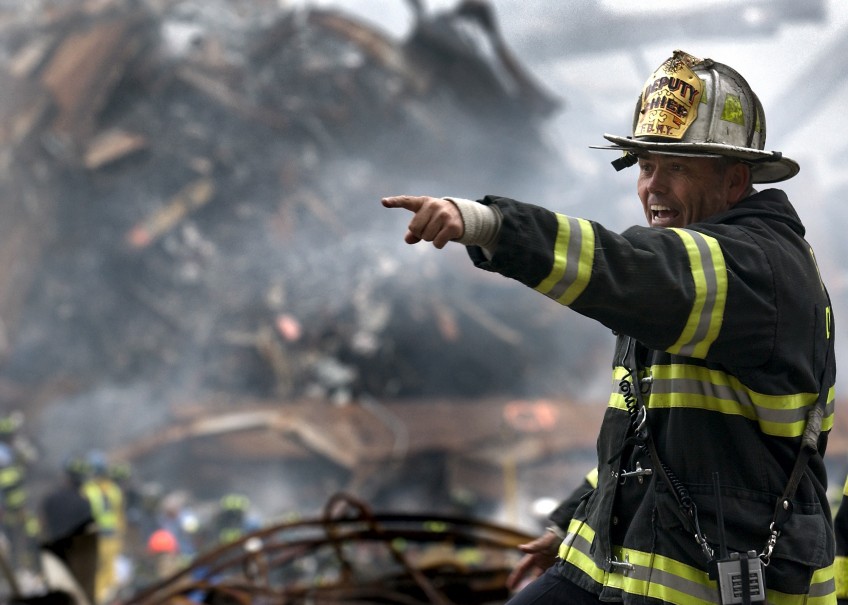Introduction
A safety plan may seem a little different than most of our maintenance items, but it is an important thing for every family to have. After creating this plan once you’ll want to review and update it annually.
Step by step
Your safety plan should be tailored to the risks most likely to your home. If you live in the Midwest, tornado planning is critical. California should have earthquake drills. Fire escape planning is critical for every home.
In addition to disaster planning, a safety plan should include a review of safety equipment, emergency contacts, and training on each. A plan is no good if everyone doesn’t understand it and have regular training. In the event of an emergency, it will be difficult for your family to remember details if they haven’t been regularly reviewed, rehearsed and discussed.
Let’s break down our step-by-step first in creating a plan and then in reviewing/training on it.
- Emergency Exit Plan
Meeting Spots
Agree on a meeting spot both inside and outside of the house. The inside location should be somewhere as secure as possible, such as an interior room on the lowest floor with no windows. This will help in the case of a tornado, hurricane, burglar, etc.
Your exterior meeting spot should be easy to find and far enough away from the house that if there is a fire you won’t be right by the flames. Pick a spot your kids can remember like a big tree.
Exit Paths
A meeting place isn’t much good if you can’t get there! Each home should have a clearly designed exit plan that your children can remember. It should include all the rooms in the house and define multiple exit strategies, such as windows and any exterior doors.
Just talking about the exit plan isn’t enough. This is a good exercise to make in to a fun activity with the kids. The NFPA has a kid-friendly escape plan grid that you can work on as a family. Consider making copies of this and putting it in your kid’s bedrooms so they see it often and can reference in an emergency.
After you’ve created the escape plan, you should practice it. Do a fun drill of having everyone make a route to the meeting place and talk about how quickly they could do it or what they found the most difficult in the process.
Bug out bag
Assembling a “bug out bag” may seem to be a little extreme, but it isn’t a bad idea to put together the essentials in a single duffle bag so you can quickly grab it in an emergency and get out of the house. You can buy a pre-packaged kit like we’ve listed in the Material section or put together your own.
Here’s some things to consider adding to your bag:
- Prescription medication
- Extra eye glasses
- Water purifying straw
- Portable First Aid Kit
- 3 Days of underwear, wool socks, etc.
- 3 days of non-perishable food (such as MREs, canned good, etc.)
- Wool blanket
- Survival blanket
- Fire Starter
- Multitool
- Rope
- Flashlight
- Hand sanitizer
- Cash
This list isn’t meant to be comprehensive, but should give you some ideas of what to include. Each person’s needs are different based on their location (rural vs. urban), geography (cold vs. hot), and other factors. There are plenty of good resources on this online to learn more about preparing for a quick escape during a disaster.
- Emergency Contact List
Family Contacts
Do you know your spouse’s cell phone number by heart? Do your kids know your number and their grandparents or other emergency contact? We rarely memorize phone numbers so making a physical list of important phone numbers is a good idea. Make copies of this and include in several areas, such as the first aid kit and your bug out bag.
Make sure these numbers are also programmed in to everyone’s cell phone and upload a copy of the list to a cloud service like Google Drive to make sure it is available remotely.
Emergency Services
Include in your list of numbers important local emergency contacts. Obviously, 911 should be first and foremost, but also include the fire department and local police station.
Teach your kids what 911 is and when they should use it. Many a life has been saved because a child knew to call 911 during an emergency. - Emergency Supplies
Food
If you have a blizzard, flood, or other emergency you may find yourself quickly looking for food. Having a few days’ worth of non-perishable food for the entire family on hand is wise.
Here’s ideas for non-perishable food to have on hand:
- MREs (see materials section)
- Dry goods (beans, rice, etc.)
- Canned goods (beans, vegetables, fruit, etc.)
Water
You can last a couple weeks without food, but only a couple days without water. If your water supply was cut off, do you have enough on hand to keep the whole family hydrated for 3 days or more?
There are two main ways to manage emergency water and you should have both.
First, have bottled water on hand. Keep about one gallon per family member per day. Consider buying some large 5 gallon containers.
Secondly, have a water filtration system available. This will keep you going longer by allowing you to filter non-potable water. We have a system listed in our Tools section that is a good start.
Heat
Many homes are heated with electricity or natural gas. If either of these systems go out in cold weather, things can get bad quickly.
Stock up on a good amount of dry firewood. This is helpful even if you have to start a fire in the backyard. If you have a wood fireplace or woodstove, even better.
Consider investing in a small propane heater and some full propane tanks if you don’t have a wood burning supply. These should only be used in well ventilated spaces, but are better than nothing in an emergency.
Blankets
Have some extra blankets (Wool blankets & Survival blankets) stored in water proof bags. A good sleeping bag for everyone in the family would also be a good idea.
- First Aid Kit
A well-stocked and up to date first aid kit is something you should have readily available. You can put one of these together yourself or buy one that is already put together for you. We’ve listed a good commercial option in our Material section.
If you already have your first aid kit, you need to go through it and make sure all the items are in place. If you have used anything, restock it! For anything with an expiration date (medicines, ointments, many bandages, etc.) check it and if it has expired replace it.
A first aid kit isn’t any good unless everyone knows where it is. Store the kit in the same place and make sure it is somewhere where older kids can easily access it if needed. - Safety Equipment
Smoke & CO Sensors
If you haven’t already, you must install Smoke Alarms and Carbon Monoxide detectors in your home right away. This is a topic in and of itself so please see our dedicated tutorial on “How to Install Smoke & CO Sensors”.
If you have these already installed, now is good time to test the function of each and replace the batteries if needed.
Fire Extinguishers
In the case of a fire, you absolutely want to have a fire extinguisher close by and ready to go. This is so important that we put a separate tutorial specifically on how to “Purchase or Inspect Fire Extinguishers”, which we revisit every 6 months. Check it out if you haven’t already.
Fire Escape Ladders
If you have a 2+ story home, you should have fire escape ladders. These will allow you to escape a 2nd or 3rd story window without falling and incurring injury. We’ve provided a link in our Material’s section to a good model and encourage you to get one, learn how to use it, store it properly, and practice with it regularly. - Firearms
Secure Storage
If you own firearms, it is your responsibility to make sure they are securely stored. This applies whether you have children in the home or not, as a visiting child or burglar can easily get their hands on an improperly stored gun.
Firearms should be stored unloaded and with a safety lock that blocks the trigger. This is a minimum measure that will help prevent kids from getting hurt but you should really invest in a good gun safe to take safety to the next level.
Much can be written about gun safes, but suffice to say that something is better than nothing! Many low-cost gun safes aren’t much of a deterrent for a thief with basic tools or a house fire, but they will at least keep a child from harm’s way.
Education
This is a controversial subject, but it is our belief that it is better that children understand and respect guns rather than leaving them as a mystery. Kids are curious and if something is forbidden and unknown, they will do their best to figure out a way to get to it! Teaching your kids to shoot early by getting them their own gun like a small .22 will go a long way toward having them respect firearms and treat them safely their entire lives.
Regardless of whether or not you decide to have your kids start shooting at an early age, you can teach them a basic response if they do come across a gun. This is the suggested protocol from the NRA’s Eddie Eagle safety program:
- Stop!
- Don’t Touch!
- Leave the Area!
- Tell an adult!
Making sure your kids know this 4-step response if they come across a firearm will greatly reduce the risk of injury or incident.
- Review
The steps above are a great start to creating a home safety plan for the first time. If you’ve done this already though, we still recommend you review each item every year to make sure everything is in good condition, well-stocked, and ready to go. Go through each item, pull out the relevant equipment, check lists, replenish supplies, etc. Don’t just assume that everything is the same as it was or you may not be prepared when you need it!
Be sure to replace anything that has an expiration date. This includes food, water, medicine, and even first aid kits. Top off propane tanks, check emergency fuel supplies, and make sure everything is where it should be.
Go through any lists of contacts and make sure they are still up to date. Check fire safety plans and make sure they are posted where needed and updated and accurate.
- Training
With your up to date safety plan, you now need to make sure everyone in the house is familiar and up to date. This is something that is also good to review every 6 months.
Go through meeting locations, exit plans, emergency numbers, firearm safety, and other items with family. Make it a fun activity with the family by not just talking about things, but actually go through the motions by having everyone rehearse various steps. Have all the kids go to their beds and use an air horn or whistle to sound an “alarm” and have them all meet at the meeting spot. Time everyone and run through various scenarios that may require different responses, such as having them call you or your spouse when they get to the meeting spot.
If you have a 2-story home and are using a fire escape ladder as part of the exit plan, it is a good idea to actually use this with the kids. It may seem scary but if you don’t practice it, your kids will be unlikely to be able to do it on their own for the first time during an actual fire. - Summary
Making a home safety plan or home disaster plan is something that is important even though we hope you never have to use it. Read through these steps regularly, making sure that you have each item covered.




